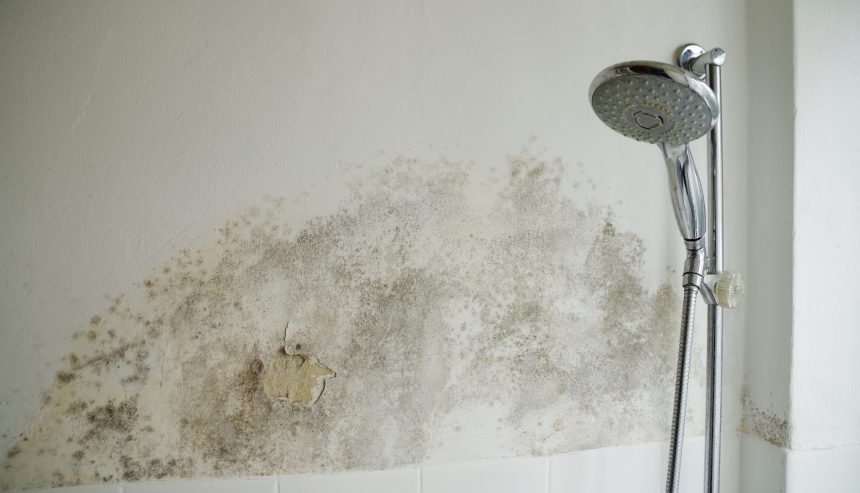How to Help Prevent Water Damage in Your Bathroom
How to Help Prevent Water Damage in Your Bathroom
Blog Article
The writer is making a few good pointers regarding Looking for Signs of Water Damage in the Bathroom in general in this content down below.

The restroom is incredibly susceptible for moist accumulation and possible water damages because of the regular use of water in it. This article supplies easy evaluation techniques to help identifying water damages dangers.
The regular use of water in the bathroom makes it exceptionally prone for damp accumulation and also potential water damage. By examining it frequently, you can decrease water associated problems.
The complying with set of assessments is easy to carry out and ought to be done when in every 3 months in order to maintain your shower room healthy as well as to avoid prospective water damages caused by the bathtub, the shower, pipe joints and also plumbing, sinks, closets, and also the commode
Do not disregard doing these evaluations and be thorough while performing them. Remember that these straightforward evaluations can save you a lot of cash by giving very early indicators for water damages
Bath tub as well as Shower
The shower as well as tub need special attention and maintenance. Examine the floor tiles and also change if split. Make certain that there is no missing out on grout between the tiles. Inspect and also change split caulking at joints where the walls meet the floor or the bath tub. Obstructed drains pipes as well as pipes problems will certainly protect against the tub from drying and might show severe issues beneath the bath tub. Seek advice from an expert instantly to prevent architectural damage. Take note of discolorations or soft locations around the tub walls as they might suggest an internal leakage.
Plumbing
Signs for water damages are difficult to detect given that a lot of pipes are installed inside the wall surfaces.
Pay special focus to floor covering and wall surfaces wetness and discolorations as they might indicate an unseen plumbing issue. Check dampness levels in adjoining spaces as well.
Sinks and also Cabinets
Sinks as well as cabinets are subjected to moisture and also humidity day-to-day as well as are frequently forgotten. Examine regularly under the sink as well as on the countertop over it. Repair any type of drip in the trap as it may recommend drain troubles. Browse the sink, slow-moving draining pipes might indicate an obstructed drain. Replace sink seals if they are split or loose.
The Bathroom
The toilet is a prone water joint. Inspect the water lines and also search for leakages around the toilet seat, in the pipe, and under the water storage tank. If you detect any type of indicators of moisture on the flooring around the toilet, check for leakages in the toilet rim as well as container seals.
Understand that hanging commode bowl deodorants raises the chances for blockages.
TIPS TO PREVENT WATER DAMAGE IN THE BATHROOM
The average household uses approximately 80-100 gallons of water per person per day. For a family of 4, that's almost 2,500 gallons of water a week! The largest portion of this consumption comes from bathroom use. Flushing the toilet uses the most water, followed by taking a shower or bath. With that much water running through the home, water damage in the bathroom is bound to happen. Knowing how to spot signs of a water leak is essential to preventing long-term damage. This guide provides you with tips to reduce the impact of water damage on your bathroom.
CAUSES OF BATHROOM WATER DAMAGE
Pipe breaks are the most common cause of water damage we see in our daily jobs. The age of a pipe plays a large role in a pipe break as well as corrosion. Over time, the metal begins to break down, allowing water to escape. Frozen pipe breaks are also a concern in the winter months. Toilet overflows caused by paper products or children flushing inappropriate items. Degraded caulking around the toilet or bathtub can allow water seepage, sometimes behind the fixture, into the subfloor or walls. Condensation forms when the water in a pipe is cooler than the air temperature. Beads of water form on the exterior of the pipes, sometimes so much so that the water begins to drip and pool below. Sink or shower backups created by poor drainage. HOW TO PREVENT WATER DAMAGE IN YOUR BATHROOM
Inspect your toilet supply line for worn or frayed hoses and replace them as needed. Winterize your plumbing to prevent a frozen pipe break. Use vent fans to prevent condensation that can lead to mold growth. Routinely check and replace degraded caulking around your toilet or bathtub. Increase the temperature in your toilet tank and insulate your pipes during the warm summer months to keep condensation from forming. Use child safety locks on the toilets. Flush only toilet paper. "Flushable" wet wipes are actually not good for your plumbing system. Additionally, feminine hygiene products should not be flushed. Prevent water from escaping the tub or shower. Make sure shower curtains are in good condition. Inspect shower doors and replace the seal strip if necessary. Wipe up any water that accumulates on the floor and use bath mats. Water left to sit can cause damage to the tiles and flooring. Refrain from using bath products containing heavy oils to avoid a clogged drain.

Do you really like reading up on Looking for Signs of Water Damage in the Bathroom? Create a comment down the page. We would be pleased to know your reactions about this blog post. We hope to see you back again before long. Sharing is good. You won't know, you may very well be helping someone out. Many thanks for going through it.
Book With Us Today! Report this page